-

Why Kingmax Additives Are Essential for Modern Construction
Modern construction demands more than just strength — it requires precision, performance, and reliability. Kingmax additives, including HPMC (Hydroxypropyl Methylcellulose), MHEC (Methyl Hydroxyethyl Cellulose), and RDP (Redispersible Polymer Powder), are designed to meet these evolving needs. As...Read more -

Reliable Quality, Proven Results: The Power of Kingmax RDP
In today’s competitive construction industry, consistency and performance are non-negotiable. Kingmax RDP (Redispersible Polymer Powder) is designed to meet these exact needs — delivering reliable quality and proven results in every batch. From tile adhesives and wall putty to self-leveling compo...Read more -

How Kingmax HPMC Enhances Water Retention and Workability
In the construction industry, water retention and workability are critical factors that determine the quality and performance of cement-based materials. Kingmax HPMC (Hydroxypropyl Methylcellulose) is engineered to optimize both, ensuring superior consistency, smoother application, and stronger e...Read more -

Kingmax Building Additives: Redefining Quality and Performance
In today’s competitive construction industry, quality and consistency define success. Kingmax Building Additives, including HPMC, MHEC, and RDP, are engineered to deliver superior performance in every application — from tile adhesives to skim coats and mortars. With advanced production technology...Read more -

From Mortar to Plaster: The Versatility of Kingmax MHEC
In today’s construction industry, efficiency, durability, and performance are non-negotiable. One additive that consistently delivers across multiple applications is Kingmax Methyl Hydroxyethyl Cellulose (MHEC). From mortars to plasters, Kingmax MHEC proves its versatility by improving workabilit...Read more -
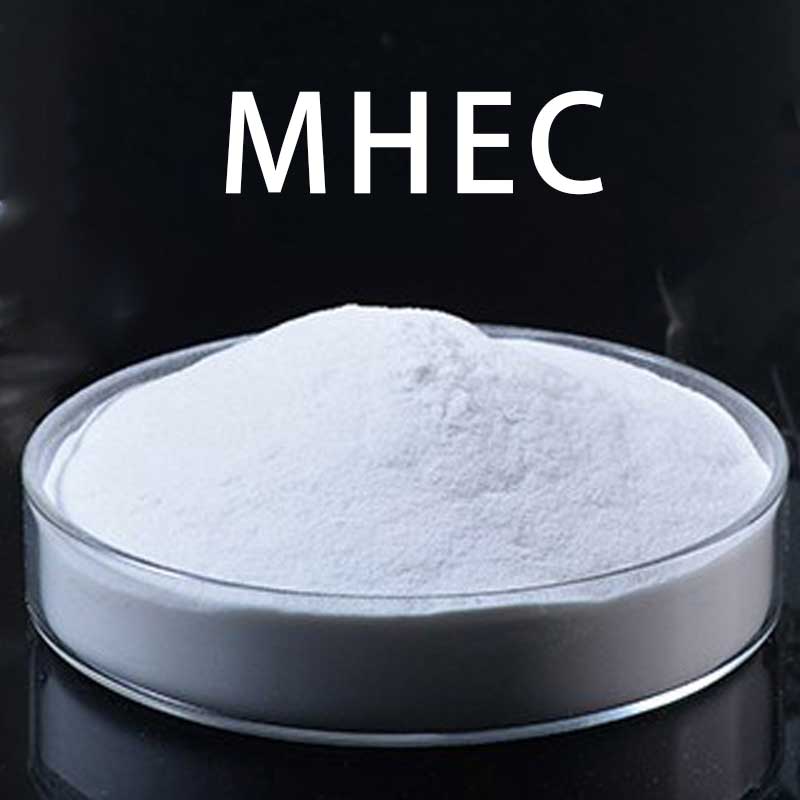
Kingmax MHEC: Balancing Workability and Strength in Construction
In construction, achieving the right balance between workability and strength is essential. A material that is easy to apply but weak in durability cannot meet modern demands, while a strong but unworkable product slows down efficiency. Kingmax Methyl Hydroxyethyl Cellulose (MHEC) offers the perf...Read more -
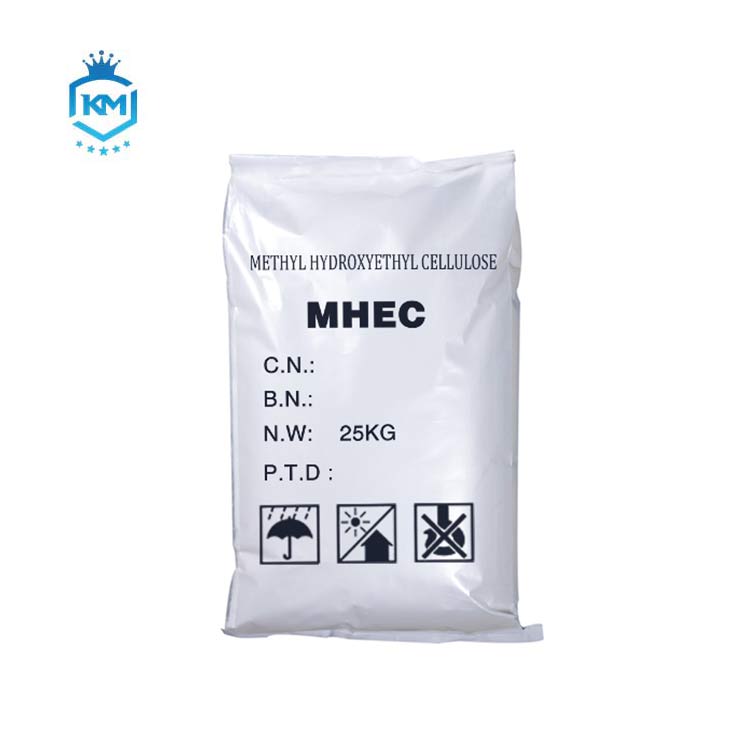
Why Kingmax MHEC Is the Ideal Choice for Skim Coat Applications
A smooth, durable, and crack-free surface is the foundation of high-quality finishes in modern construction. Skim coat formulations demand additives that ensure excellent workability, adhesion, and water retention. This is where Kingmax Methyl Hydroxyethyl Cellulose (MHEC) becomes the ideal choic...Read more -

High Purity, High Performance: The Science of Kingmax HPMC
In modern construction, the quality of additives determines the success of mortars, plasters, tile adhesives, and putty powders. Kingmax Hydroxypropyl Methylcellulose (HPMC) is engineered with high purity and advanced science to ensure superior performance, consistency, and durability. 1. The Im...Read more -
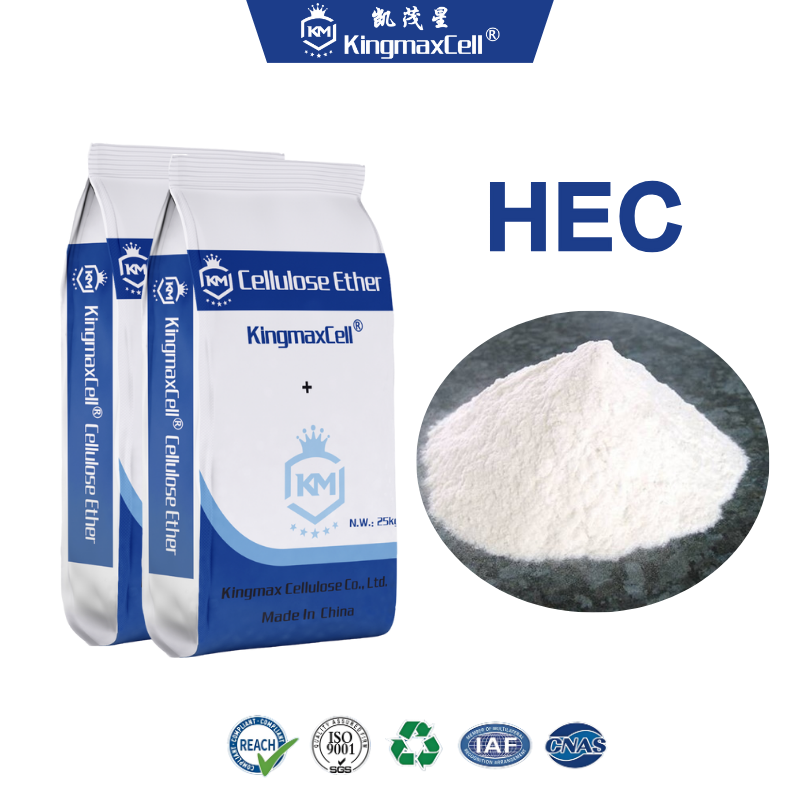
From Raw Materials to Perfection: How Kingmax Delivers High-Quality HPMC
In construction, the quality of Hydroxypropyl Methylcellulose (HPMC) can make the difference between ordinary results and long-lasting, durable finishes. Kingmax ensures high-quality HPMC from raw materials to final product, delivering additives that enhance workability, adhesion, and durability ...Read more -

Consistency You Can Trust: The Advantage of High-Quality HPMC
In the construction industry, reliable performance and consistent quality are essential for successful projects. From tile adhesives to mortars, plasters, and putty powders, high-quality Hydroxypropyl Methylcellulose (HPMC) provides the advantage builders and manufacturers need to deliver smooth,...Read more -
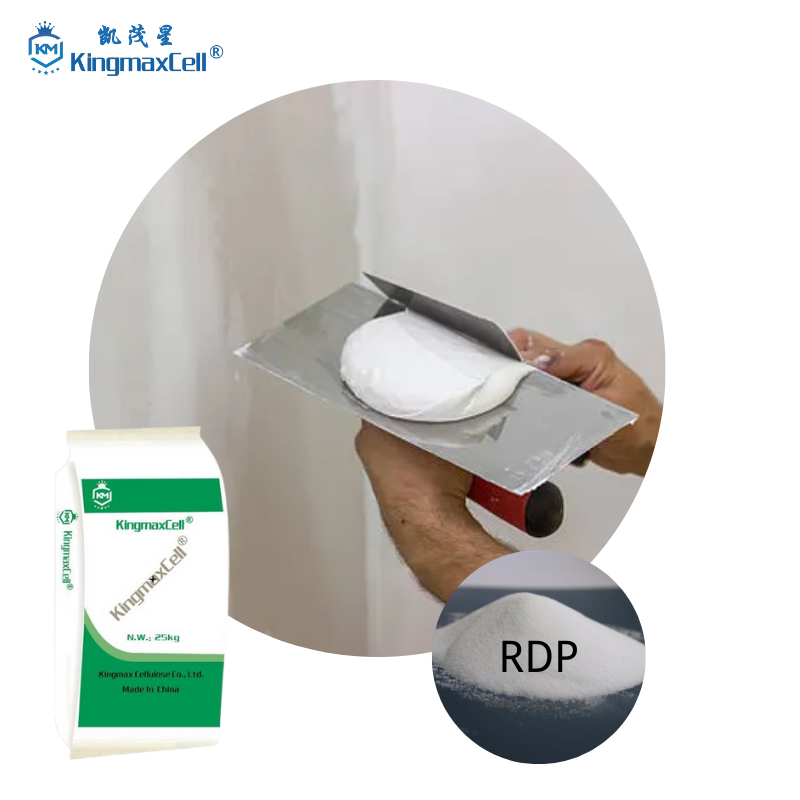
Eco-Friendly Building Solutions with Kingmax RDP
Sustainable construction has become a critical priority in the modern building industry. Builders and manufacturers seek materials that not only deliver high performance but also reduce environmental impact. Kingmax Redispersible Polymer Powder (RDP) offers eco-friendly solutions for cement-based...Read more -
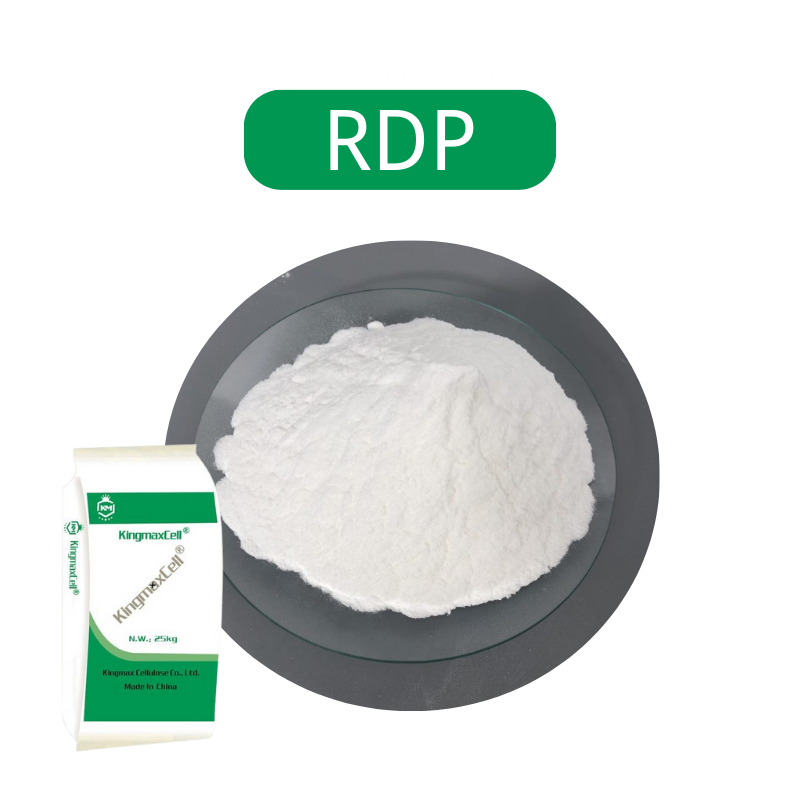
Why Leading Manufacturers Trust Kingmax RDP for Consistent Quality
In the construction materials industry, consistent quality is crucial for ensuring reliable performance, minimizing waste, and maintaining project timelines. Kingmax Redispersible Polymer Powder (RDP) has earned the trust of leading manufacturers worldwide by providing highly consistent, high-per...Read more

